

Healthy sitting

HEALTHY SITTING
Healthy sitting in the workplace
We spend most of our days sitting down – from the moment we step into the car to start the daily commute, throughout the day spent concentrating at our desk, to an evening spent relaxing on the sofa. The health consequences of this lifestyle can be alarming; One third of Germans aged 35 – 50 suffer from chronic back pain. Circulation problems, muscular pain and headaches are also common.
The link between sitting and general well-being is much more complex than we think.
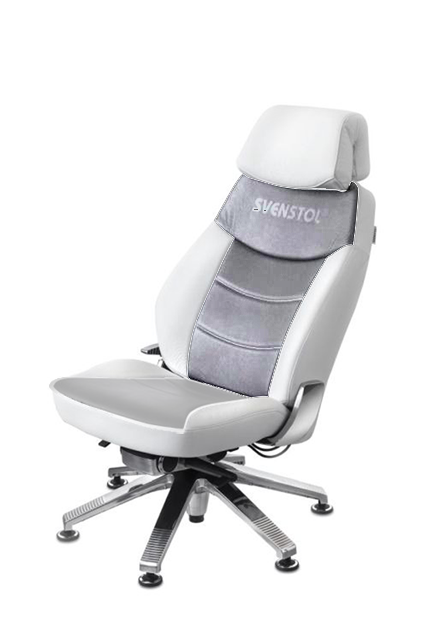
REST OF BODY
The spine and its role among the rest of the body
The spine is the central supporting element in the human body. The intervertebral discs act as cushions between the 24 vertebrae, enabling our bodies to turn, bend, lean and absorb impacts.
If our intervertebral discs don’t get enough movement, they wear prematurely, which can result in slipped discs or arthrosis in the vertebrae. These kinds of conditions can affect the entire body, as they impair the nerve cords between the vertebrae.
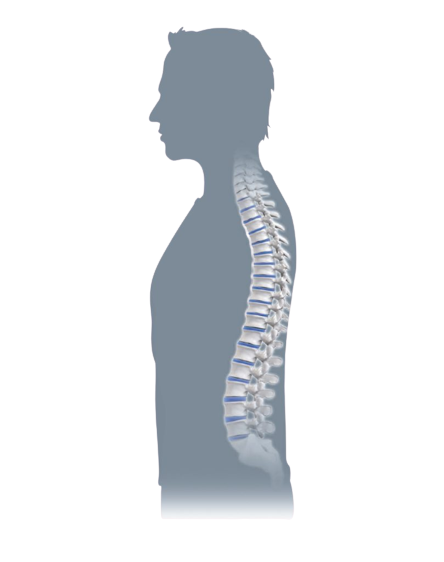
Irritation in the nerves around the cervical spine often causes:
30% of all sickness-related absences from work are caused by muscular and skeletal complaints.
- Headaches
- Dizziness
- High blood pressure
- Earache
Irritation in the nerves around the thoracic spine often causes:
- Constipation
- Impotence
- Prostate complaints
80,000:
The number of hours an office worker will typically spend sitting during their lifetime.
Sitting in a rigid, fixed position damages the back
When we sit, our pelvis tilts backwards and our spinal column moves out of its healthy S-shape and becomes rounded. People often find this a comfortable posture, as it relieves strain on our back and stomach muscles,
but it also places strain on only one side of our intervertebral discs – and results in an undersupply of nutrients to the discs. This passive seated posture can often cause tension, blood stasis and headaches, often impairing your focus and concentration, too.
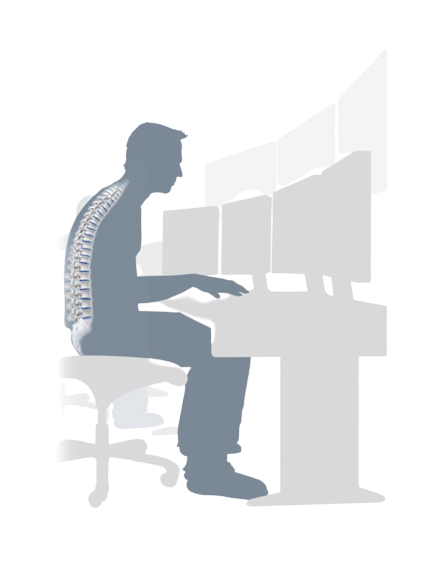
Downloads & Usefull Links
Ergo.Line-S180
Ergo.Line-S180-N
Ergo.Line-S230
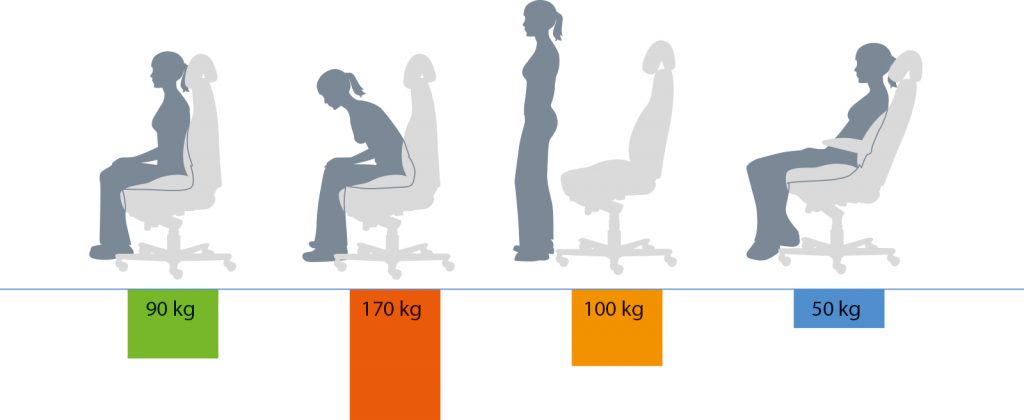
100 kg: The load that our spinal column bears when we are standing up
Sitting for relief
Our intervertebral discs not only help to keep our spinal column moving – they also bear the majority of the load of our body, absorbing up to 90 kg when sitting upright and up to 100 kg when standing. By changing posture frequently, you relieve your intervertebral discs, which encourages the flow of nutrients and helps to better stimulate circulation – in turn boosting your concentration and performance.
The ergonomics of your chair should promote natural movement and support the health of your intervertebral discs.
1 chair for many users
Svenstol® – Your gateway to healthy sitting
An ergonomic office chair is an essential part of any control centre setup. With these chairs often used by multiple users, they must be individually adjustable. Control centre users will typically spend around 30% more time sitting than in those working in an office, so the chair must in turn provide higher levels of comfort. It must also promote active sitting to enable the user to maintain their concentration – even if the task at hand requires little physical movement.
The Svenstol® is the right choice for your workplace. It helps you to keep your seated posture balanced and healthy. With a sufficiently high and wide backrest, lumbar support (point 1) and an adjustable seat tilt angle (point 2), your pelvis tilts upwards and your spinal column extends. The mechanism (point 6) stimulates your posture, therefore promoting greater focus, concentration and performance.
Whether you’re tall, short, stocky or slim – Svenstol® provides healthy and comfortable seating for almost all body shapes and sizes. When sitting for longer periods, the cushioning (point 3) protects your muscles, pelvic bones and nerves. The seat height (point 4) can be adjusted to ergonomically optimise your individual posture. Positioning the armrests correctly (point 5) also helps to relieve strain on your back muscles.
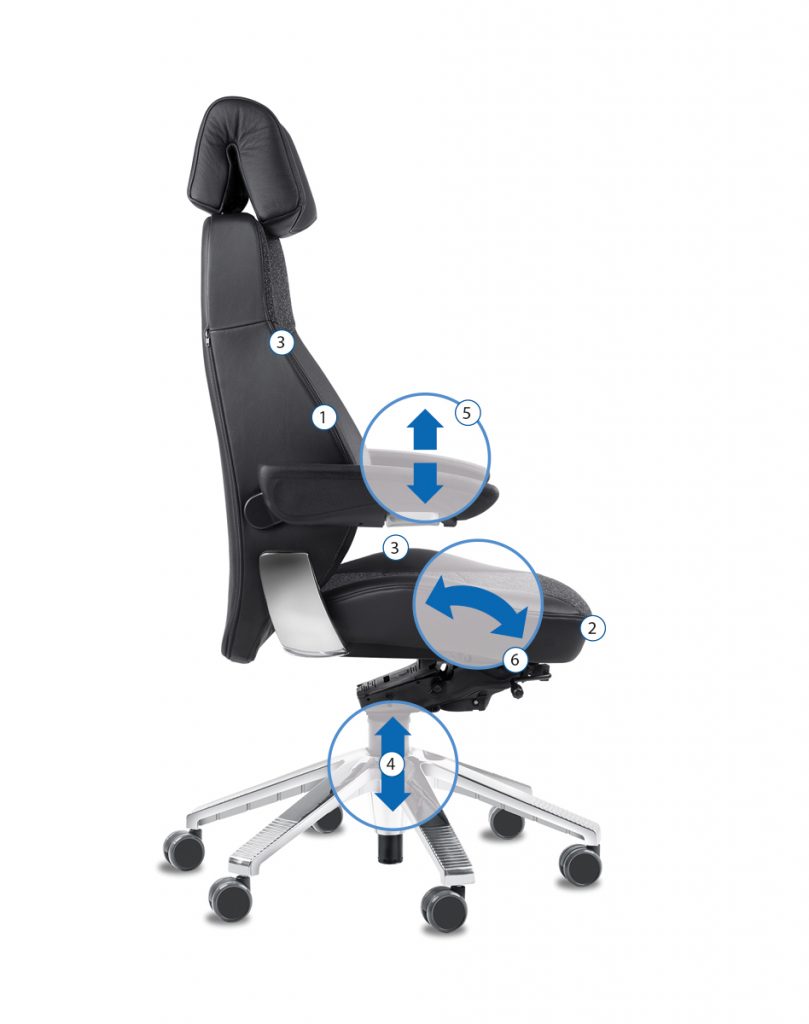
Your Svenstol® executive chair is waiting.
When will you start your free, no-obligation month-long trial?
